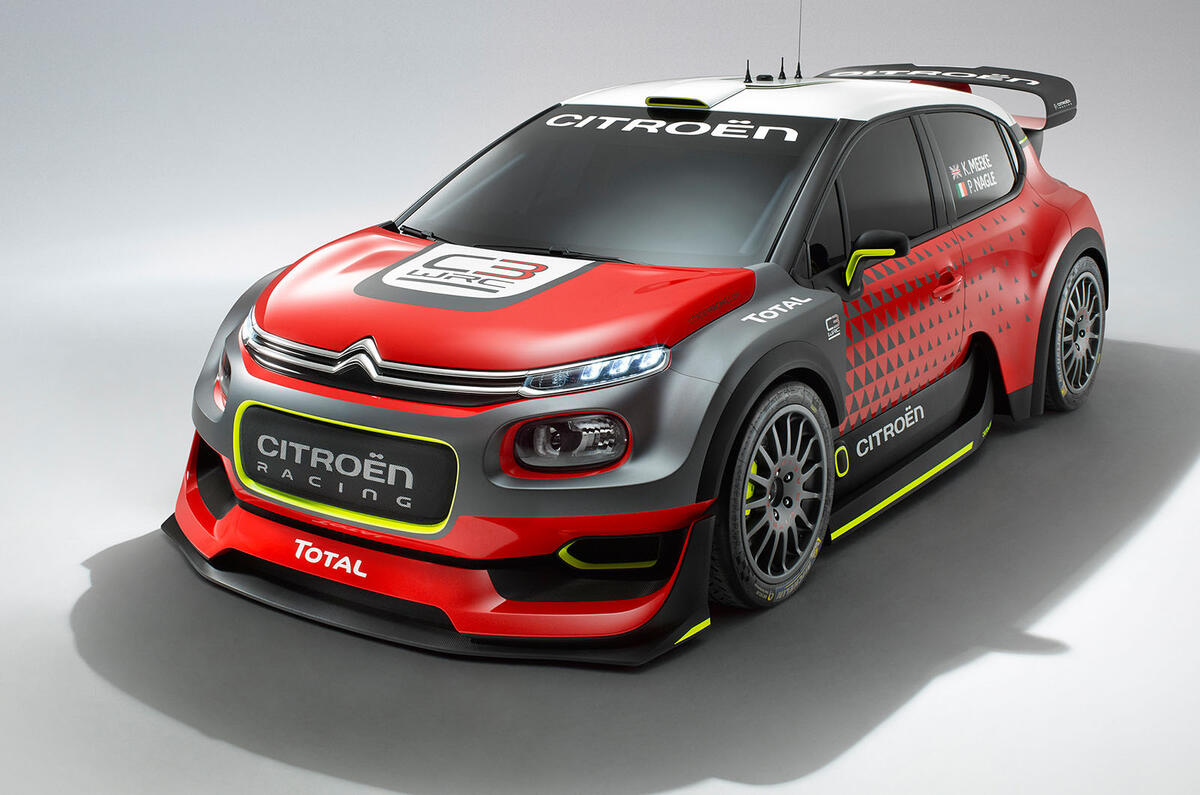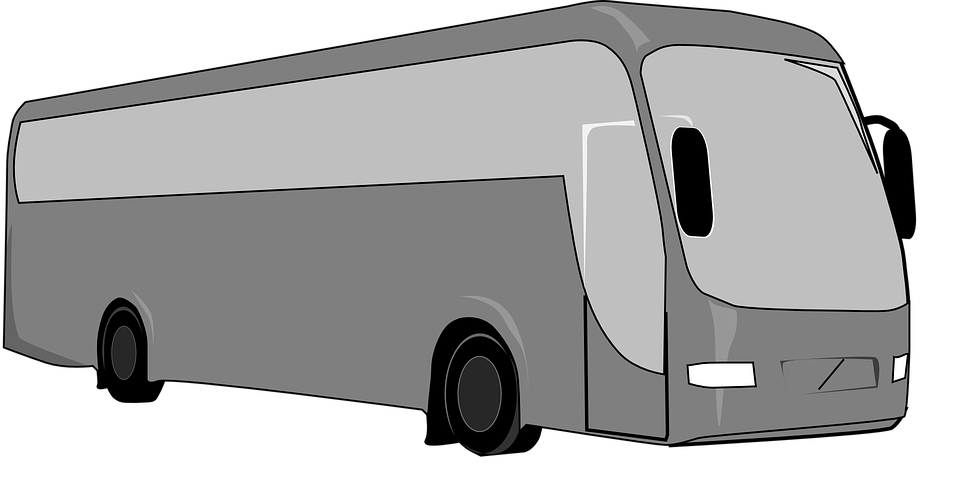For The Race Fans: Series Profile: World Rally Championship
(Happy New Year!)

Formed in the late 70's, the WRC is the highest caliber of Rally Motorsports in the world and formally united rallying events which were held separately and were unaffiliated.

Current Generation World Rally Cars
Series Overview: A Formation of the European Rally Championship which consisted of mostly privateer teams and the International Championship for Manufacturers or ICM which was a rally only for Manufacturers to compete brought about a new series organized by the FIA called the WRC or World Rally Championship. The FIA's governance of the WRC meant the sport now had more rules and regulations than ever which means competition began to grow more fierce. The current WRC schedule consists of 13 rally races each 3 days long. The races are split across 15 to 25 special stages which the teams must attempt to complete in as short amount of time as possible in a time attack. The rally races can take place on many different types of road surfaces from Gravel, Snow, Dirt or Tarmac.
Teams: 13 (More Teams Exist; Some Teams Compete Part Time, Some Teams Semi Retired)
First Season: 1973
Next Season: 2017

Toyota Corolla WRC and Toyota Yaris WRC, Toyota Announced its return to the WRC for the 2017 Season after building a new WRC Headquarters in Finland
World Rally Car: The Current Generation of Rally Cars are called World Rally Cars or WRC cars. They build on experiences learned from previous generations of Rally Cars such as the Group 4 which featured cars such as the Lancia Stratos, Group B with cars such as the Audi Quattro S1, Group A featured similar vehicles to the Subaru Impreza WRX STI and Mitsubishi Lancer Evolution all leading up to the World Rally Car. The Current cars must adhere to much stricter regulations than previous generations due to an improved focus on safety. Currently WRC cars are based on cars with a 1.6L 4 Cylinder Engine and feature an FF layout. WRC rules also require the cars competing have sold at least 2,500 vehicles before being eligible to compete. The only cars which fit this narrow set of rules are often small 2 or 5 door hatchbacks. The small engines are turbocharged and equipped with hundreds of specific parts which make the car as fast as possible on loose surfaces. This takes the price of a budget car from around $15,000 to over $1 Million.

Volkswagen Polo WRC
Venues: Rally events are held all across the world on special stages. These are sections of closed public roads where the event takes place. The drivers start at set intervals so as not to impede with each other. However while on local roads the rally cars must comply with local vehicle laws. This means they must be insured, taxed and registered, this is why rally cars carry license plates. A unique venue called a Super Special Stage is a rally course which is contained inside of an outdoor arena such as a sports stadium. Super Special Stages are able to host events known as a Shootout. Two Identical lanes on the same race track are divided with a wall, allowing two racers to compete one on one on the same course without contacting each other.

Ford Fiesta WRC at the 2014 Wales Rally

Citroen C3 WRC

Hyundai i20 WRC
Pit Stops: Rally stages are typically about 30 miles long each section, however in that short amount of distance a WRC car can take a serious beating. Cars are repaired at the end of each stage at a makeshift tent garage set up by the team. The Garage serves as the teams base of operations for each stage. Rally cars are fitted with intricate and complex components that can take hours to repair. The goal is to make the car perform as well as it did the previous day if not better.

Co-Driver Pace Notes
Co-Driver/Navigator: In Rallying unlike other motorsports the car is crewed by 2 people. The Co-Driver is responsible for assisting the driver in knowing what the course is like ahead of the car's current location. To do this the Co-Driver reads from a notebook which, in great detail informs the driver what the road is like after the next turn. The co-drivers instructions help the driver to know how hard to brake, how sharply to turn etc. As a result the Co-Driver must narrate the next turns to the Driver at a steady and constant pace and communicate accurately. Without the Co-Driver's help, the driver would be totally blind. Because the car is moving so fast the Co-Driver's notes are written in a scribbled code only he and the driver can understand. For Example:
2R --> 2L--> 5L--> !! C --> 3R-->
This would translate as 2 Right into 2 Left into 5L into Double Caution over Crest into 3 Right
This means that the car is approaching a slight right turn into a slight left turn which leads to a sharp left turn after that there are two bumps and a hill into a slight right turn. The Number tells the driver how sharp or light the next turn is.
Onboard with WRC Champion Sebastien Ogier Monte Carlo SS4
2017 Toyota Yaris WRC undergoing testing in Finland (AWESOME SOUND, Toyota is back!)




0 Comments
Recommended Comments
There are no comments to display.
Create an account or sign in to comment
You need to be a member in order to leave a comment
Create an account
Sign up for a new account in our community. It's easy!
Join the herd!Sign in
Already have an account? Sign in here.
Sign In Now